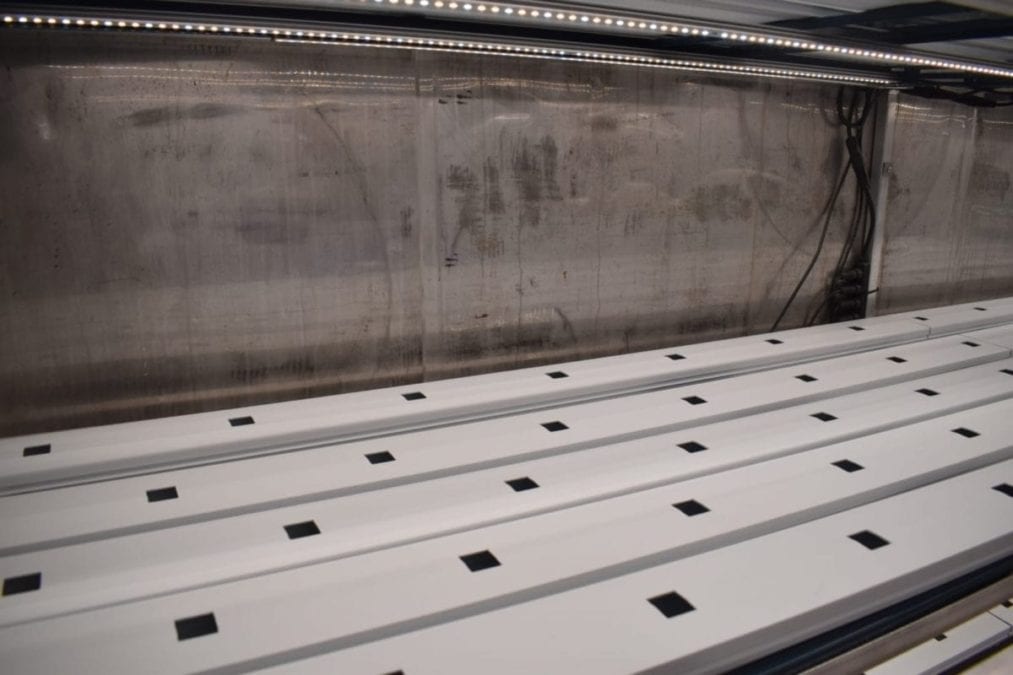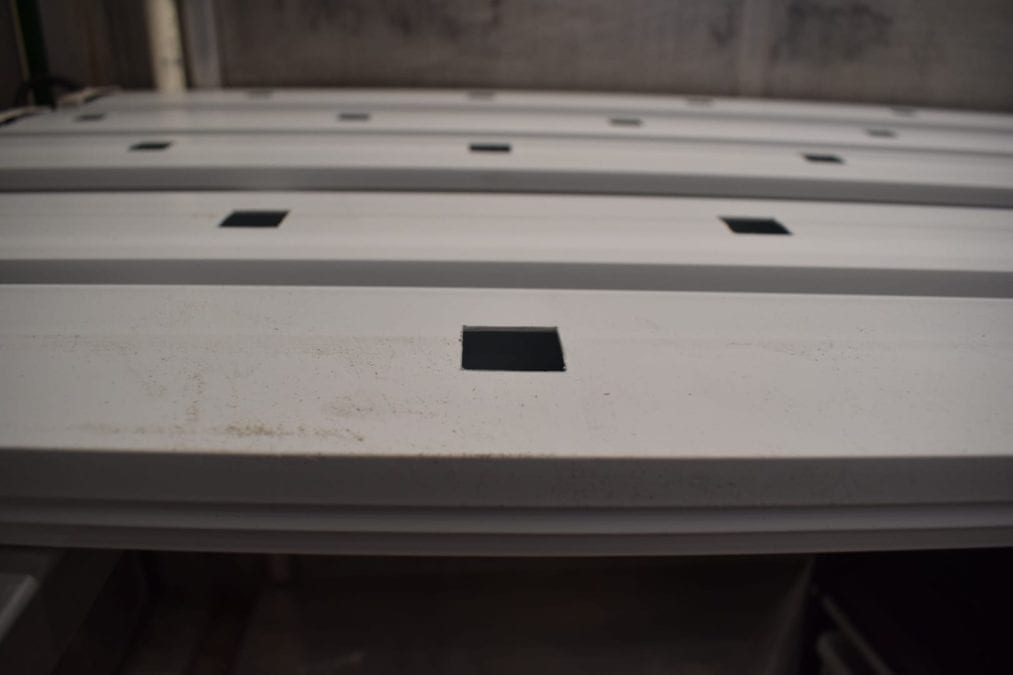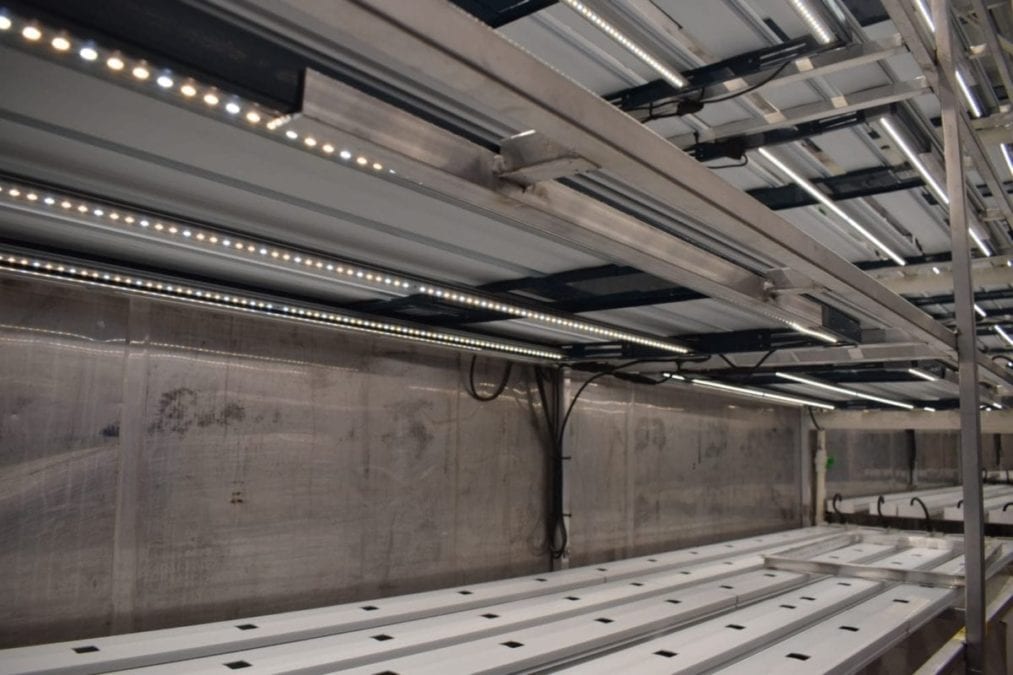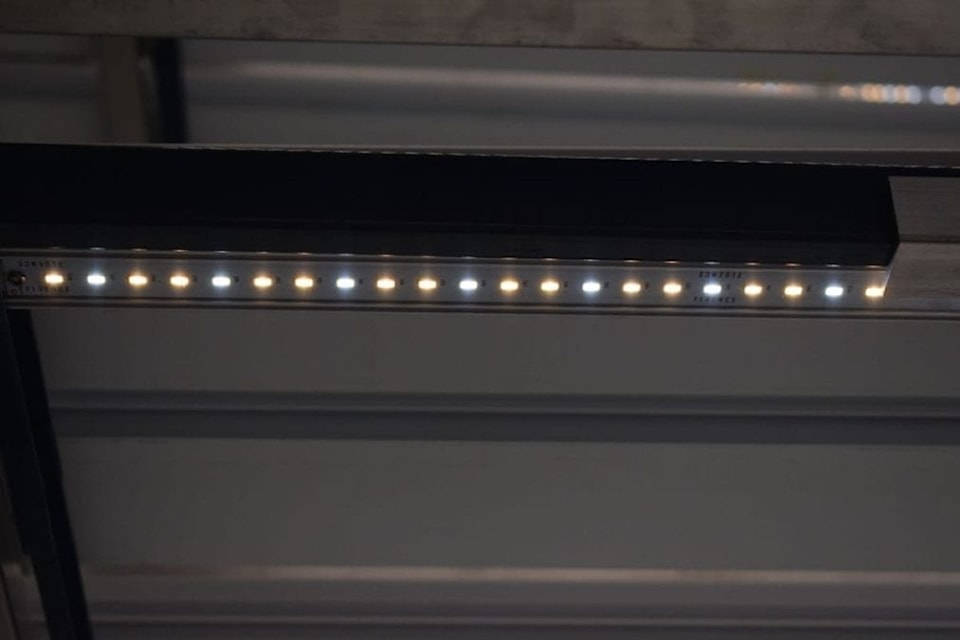Growcer, an Ottawa-based hydroponics start-up, is planting seeds in the city.
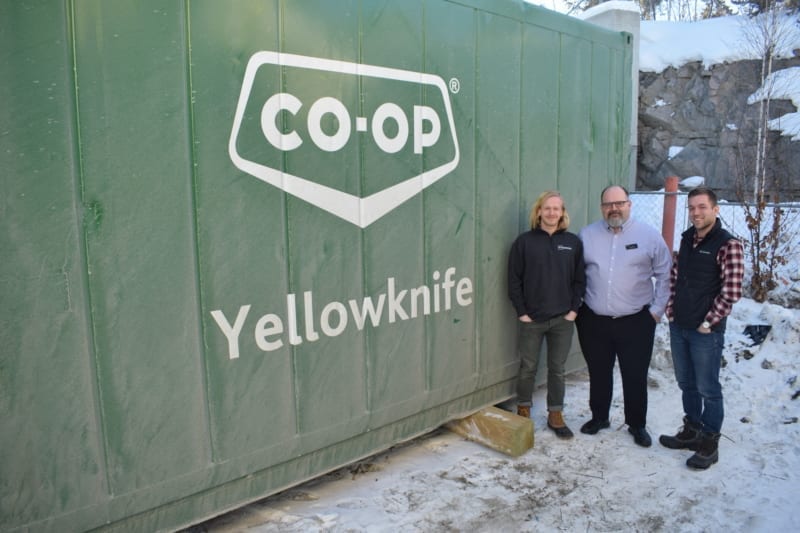
The Yellowknife Co-op has acquired a hydroponic unit from the company that will allow the retailer to grow local and fresh produce for their customers.
“We are in the process of installing our Growcer unit. It’s a self-contained, hydroponic greenhouse designed for year-round plant growth in an extreme north, cold environment," said Jeff Kincaid, business development manager at Co-op.
The company has around a dozen units installed in Canada and Alaska but this is the first one in the Northwest Territories.
Having vegetables grown on site will improve the quality and freshness of produce while keeping it affordable, Kincaid said. It will also help meet consumer demands for reduced packaging and plastic, which there's been a "huge push for in the last couple months," he said.
“The change on that, it’s going to take a long time for us to actually start seeing things not produced in plastic, which is slower than we’d like to see it. It’s slower than the environment would like to see it, but this gives us an option now to be able to produce a lot of product, get it out to customers so they can take it home and not create any plastic waste out of it,” said Kincaid.
While one unit won't replace the store's entire demand for produce, it's an important first step, he said.
The Growcer team is planted seeds in the unit last week and customers can expect to see locally-grown produce on Co-op's shelves around the end of April, starting with herbs and leafy greens.
"The time to harvest is short so we can turn the growing stalls over again to get more product throughout the course of the year and it’s an item that is traditionally hard to get fresh this far away from the place it was grown," said Kincaid.
Much of the store's produce comes from California, and by the time it gets to Yellowknife, the shelf life, quality and nutritional value is reduced.
“They spend a lot of time in trucks and refrigerated vehicles without proper CO2, so the plants are kind of stressed when they get here," he said. "And so by the time the consumer gets it and takes it home, it’s that much more stressed.”
With this new hydroponics unit, plants will be for sale on shelves the same day they're harvested.
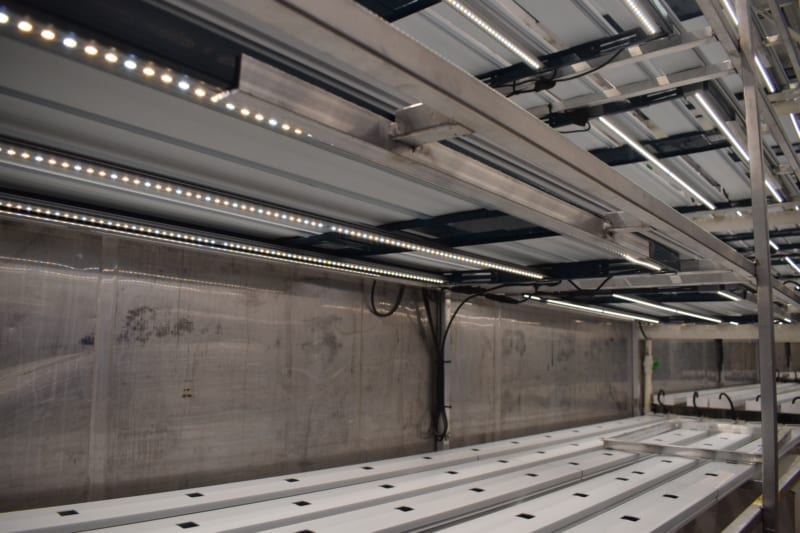
“Nobody’s ever been able to do that in Yellowknife for obvious reasons," said Kincaid, "and for us to be able to do that year-round is really great.”
Employees from the store's produce department will be trained to work with the Growcer unit.
“Because they know what plants are selling, they’ll monitor that and they can adjust their planning and harvesting to meet what our customers want,” Kincaid explained.
After the unit is set up, there will be ongoing communication with the Growcer team, who can monitor the greenhouse remotely and make recommendations. There are also plans to broadcast a live-stream of the unit into the store, so customers can watch their food growing in real-time.
Kincaid said the store hopes to bring in a variety of products including things they can’t get through traditional warehouse suppliers.
“We have a pretty diverse population up here and there are lots of different demands," he said. "These techniques have been around for a long time, they’re very well-proven. The unit itself is designed specifically to be in our environment so there’s really no limitations on what can grow in there. So we’ll focus on trying new things and experimenting and meeting the needs of our customers.”
The unit is attached to the Co-op's power grid, but there are options in the future for installing solar panels to eventually turn it into a net-zero project, said Kincaid
“If you can harvest your own fresh local products and it’s not a drain on the electrical grid, it’s no expense in terms of electrical, the sky’s the limit on how far we can take the benefits of it,” he said.
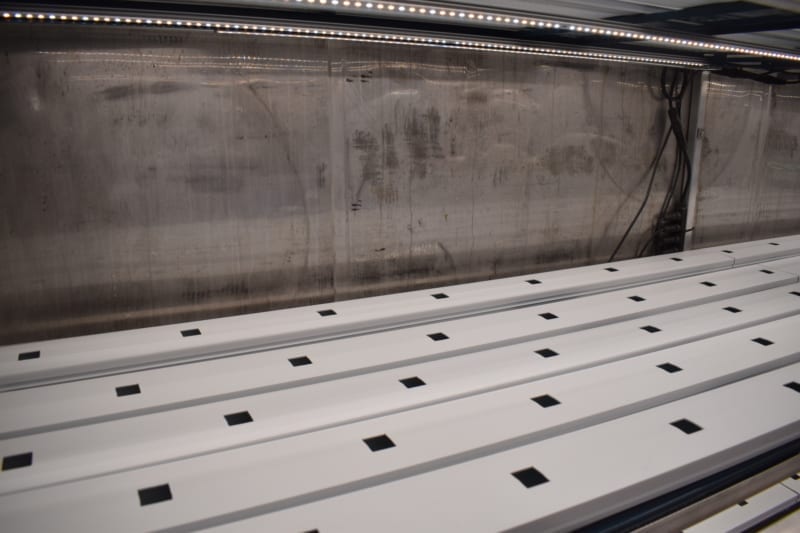
Meaghan Richens/NNSL photo
How it works
The hydroponic farming system is built inside a retrofitted shipping container, said Corey Ellis, co-founder and CEO at Growcer.
"We use a technique of hydroponics that is called a nutrient film technique,” he said.
The system essentially runs water with nutrients in it over the roots of the plants while providing them with LED light and CO2, Ellis explained.
"So that allows us to grow plants about twice as fast as you can in a field,” said Ellis.
This makes veggies very affordable but also drastically reduces the amount of water needed to grow them.
“When we compare the water use in our system to the USDA average when we buy produce from California, it’s only about one or two percent of the water for the exact same weight of product,” said Ellis.
Each little hole in the growing system will hold a fibrous cube and grow one plant from seed.
“When you’re ready to harvest it, you just pull that cube out, it comes along with the entire root structure,” he said.
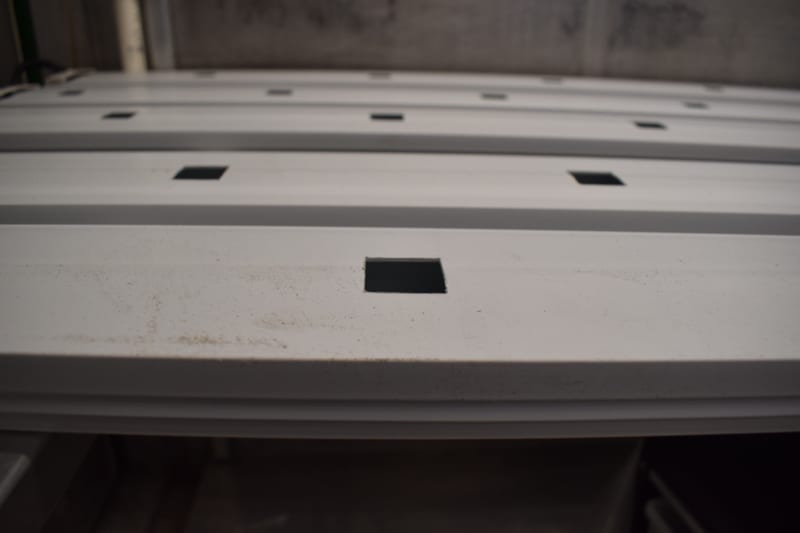
The self-contained farm is well-insulated from the elements as well as bugs and pests.
“Which means no herbicides, no pesticides," said Ellis. "And so it’s grown fully clean, fully natural. The only thing that goes in there is the seed and water.”
While the products grown in the greenhouse are technically organic, hydroponically grown vegetables in Canada don’t yet have an organic certification process in place.
“This is a little ahead of the legislature let’s just say,” said Kincaid. “But everything going into it meets organic guidelines. It is clean there’s no pesticides, there’s no herbicides, there’s no questionable growth materials in there. It’s just pure organic nutrients and clean water.”
The unit can grow just about anything, and so far they've produced about 140 different vegetables, said Ellis.
They're mainly focused on growing vegetables right now but have plans to get into fruit in the future, he said. Vegetables grow in one stage, whereas berries and fruits grow in two stages and require pollination.
“Because of that extra step it becomes slightly more complicated on the growing side, so it’s something we want to help build capacity for,” said Ellis.
If and when the Co-op is successful with the vegetables, it can train up staff to move onto growing fruits.
“There’s not much from a technology perspective that’s going to change. The system itself is pretty adaptable, it’s mostly just building upon the skillset and also providing a few more tools," Ellis said.
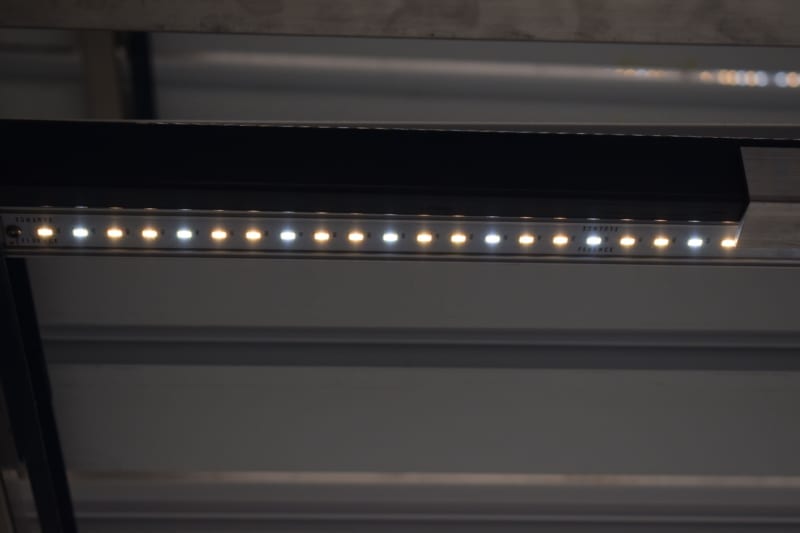
The idea
The idea to start Growcer came to co-founders Corey Ellis and Alida Burke when they were in Iqaluit in 2015. A community group in the city was trying to start up a similar project and came to them for guidance.
“We were actually in school at that point in time, working on a few social enterprise projects in Iqaluit and so we took it on happily to try and help them out," said Ellis.
That community group ended up dissolving but Ellis and Burke carried on the idea that eventually grew into Growcer.
“The need was driven by Northerners telling us, we’d love to have local food here that we can count on. And when that need was identified to us, we went wow, there’s potentially many more communities that could benefit from this.”
The Growcer team just got back from installing one of their systems in Kugluktuk, Nunavut.
“They’re actually having a school run it,” said Thomas Wagner, research and development at Growcer. “So I think the goal is to not only have community subscription boxes but also weave it into the science program for the school."
"So it means big things for the community up there.”
You don’t need any special qualifications to use the system, which is exactly the point, said Wagner.
“The idea behind the technology was built around the system running itself, or someone from Ottawa remoting in and taking care of everything,” he said.
All you need to do is go in, plant your seeds, pick your strains and harvest when it’s ready.
“It’s very simple.”
Justin Nelson, general manager of Yk Co-op, said he hopes to see more Northern communities growing their own food.
“The whole reason we went this way is because it’s so hard to have local in Yellowknife," said Nelson, "and that’s what our customers and our members really wanted is local products.”
Kincaid echoed that sentiment.
“We want to prove that food security isn’t an impossible standard to reach."
"There are ways that we can do it,” he said.
Click below for a quick video tour of the hydroponic farm.
[videopress WOaMMEhy]
